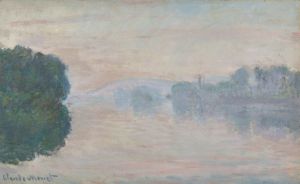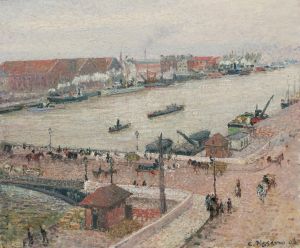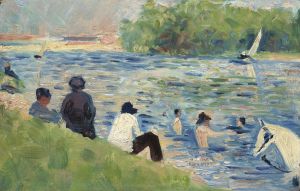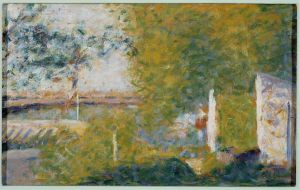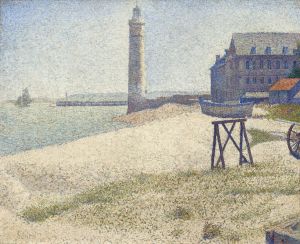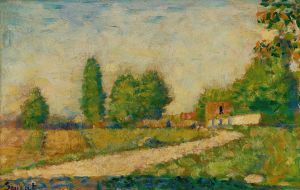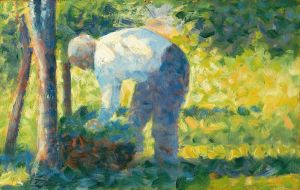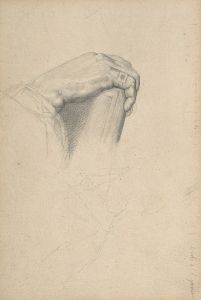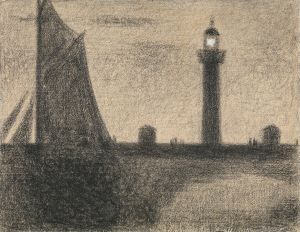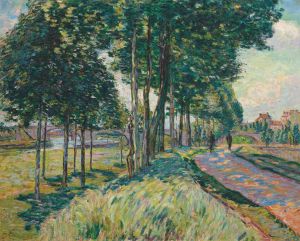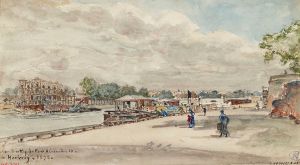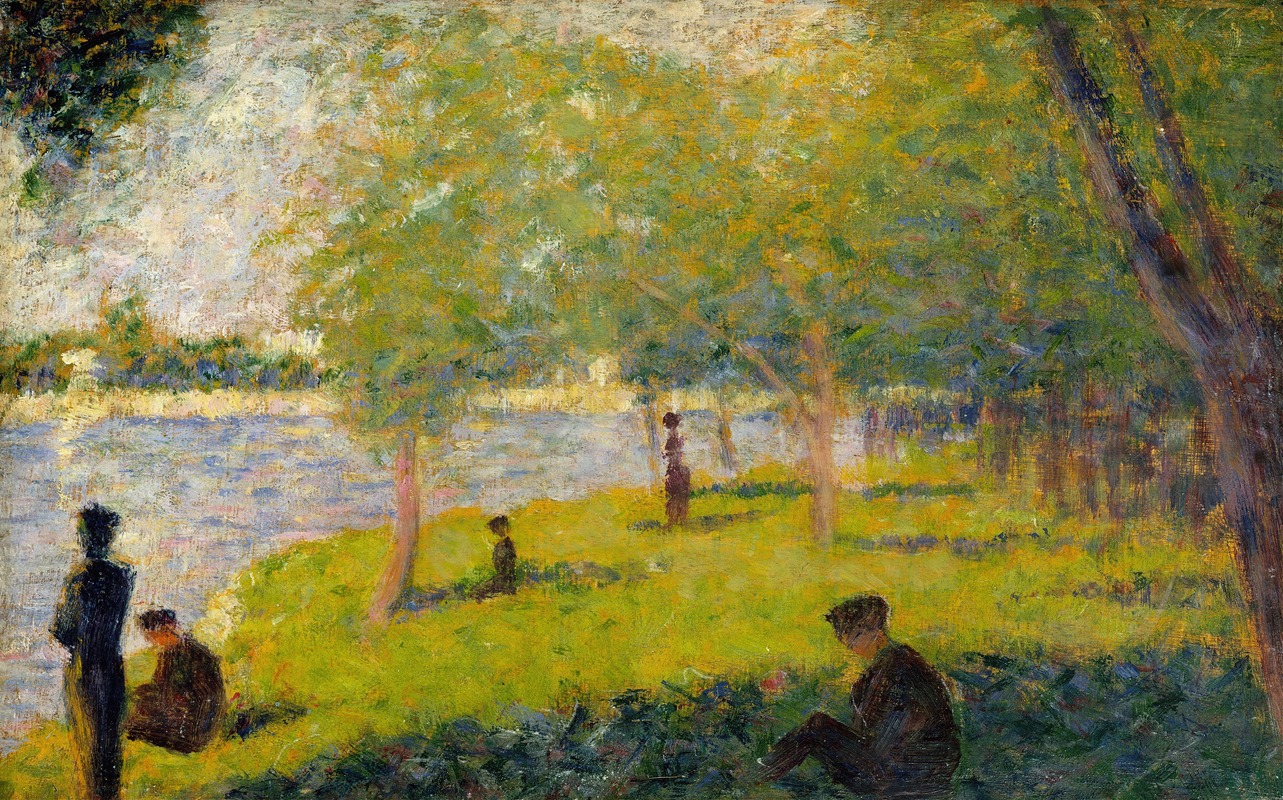
Study for A Sunday on La Grande Jatte
A hand-painted replica of Georges Seurat’s masterpiece Study for A Sunday on La Grande Jatte, meticulously crafted by professional artists to capture the true essence of the original. Each piece is created with museum-quality canvas and rare mineral pigments, carefully painted by experienced artists with delicate brushstrokes and rich, layered colors to perfectly recreate the texture of the original artwork. Unlike machine-printed reproductions, this hand-painted version brings the painting to life, infused with the artist’s emotions and skill in every stroke. Whether for personal collection or home decoration, it instantly elevates the artistic atmosphere of any space.
"Study for A Sunday on La Grande Jatte" is a preparatory work by the French post-impressionist painter Georges Seurat. This study is part of the extensive series of sketches and paintings Seurat created in preparation for his monumental work, "A Sunday Afternoon on the Island of La Grande Jatte," which is one of his most famous paintings and a masterpiece of the pointillism technique.
Georges Seurat began working on "A Sunday Afternoon on the Island of La Grande Jatte" in 1884, and he completed it in 1886. The painting depicts Parisians at leisure on the banks of the River Seine. It is renowned for its innovative use of color and light, achieved through the meticulous application of tiny dots of color, a technique known as pointillism or divisionism. This method was developed by Seurat and his contemporary, Paul Signac, as a scientific approach to painting that sought to achieve greater luminosity and vibrancy of color.
The study for this painting, like many of Seurat's preparatory works, was crucial in the development of the final composition. Seurat was known for his methodical approach to painting, and he often created numerous sketches and studies to explore different aspects of his compositions, such as the arrangement of figures, the play of light and shadow, and the interaction of colors. These studies allowed him to experiment with the effects of light and color, which were central to his artistic vision.
In the study, Seurat focused on capturing the atmosphere and the spatial arrangement of the figures in the park setting. The study provides insight into Seurat's process, showing how he meticulously planned the placement of each figure and object to achieve a harmonious balance in the final composition. The figures in the study are depicted in a simplified manner, with an emphasis on their silhouettes and the interplay of light and shadow.
Seurat's studies for "A Sunday Afternoon on the Island of La Grande Jatte" are considered important works in their own right, as they demonstrate his innovative approach to painting and his dedication to exploring the scientific principles of color and perception. These studies are often exhibited alongside the final painting to provide viewers with a deeper understanding of Seurat's artistic process and the development of his ideas.
The study for "A Sunday on La Grande Jatte" is held in various collections, and it continues to be a subject of interest for art historians and enthusiasts who seek to understand Seurat's groundbreaking techniques and his contribution to the post-impressionist movement. Through these studies, Seurat not only prepared for his larger works but also contributed to the evolution of modern art by challenging traditional methods and exploring new ways of seeing and representing the world.





